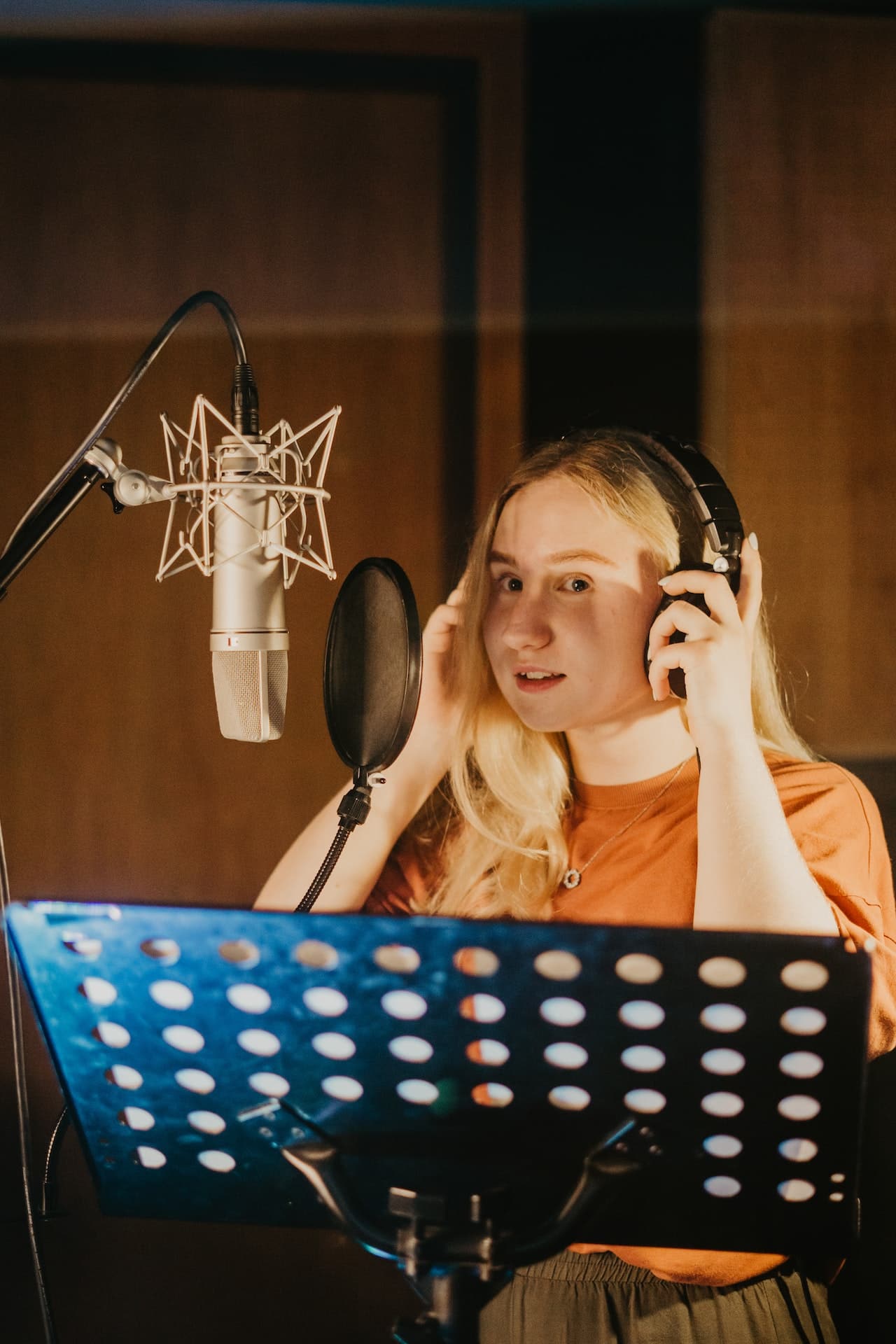
Tips and Techniques for voice over artist
If you’re looking to enhance the quality of your voice recordings, whether it’s for podcasting, singing, or voiceovers, it’s essential to understand how to use a microphone properly. A good microphone can pick up all the nuances in your voice and help you capture your sound better. Here are some tips and techniques to help you improve your voice with a microphone:
1. Choose the Right Microphone
The first step to getting the best sound from a microphone is to choose the right one. There are many different types of microphones available, from dynamic to condenser, and each has a unique sound. Some microphones are better for recording vocals, while others are better for spoken word. Choose the microphone that best suits your needs and budget.
2. Get Close to the Microphone
One of the biggest mistakes people make when recording their voice is not getting close enough to the microphone. When you’re too far away, your voice will sound distant and echoey. Instead, get as close to the microphone as possible without creating plosives (popping sounds). This proximity effect makes your voice sound more present and full-bodied.
3. Find the Right Distance
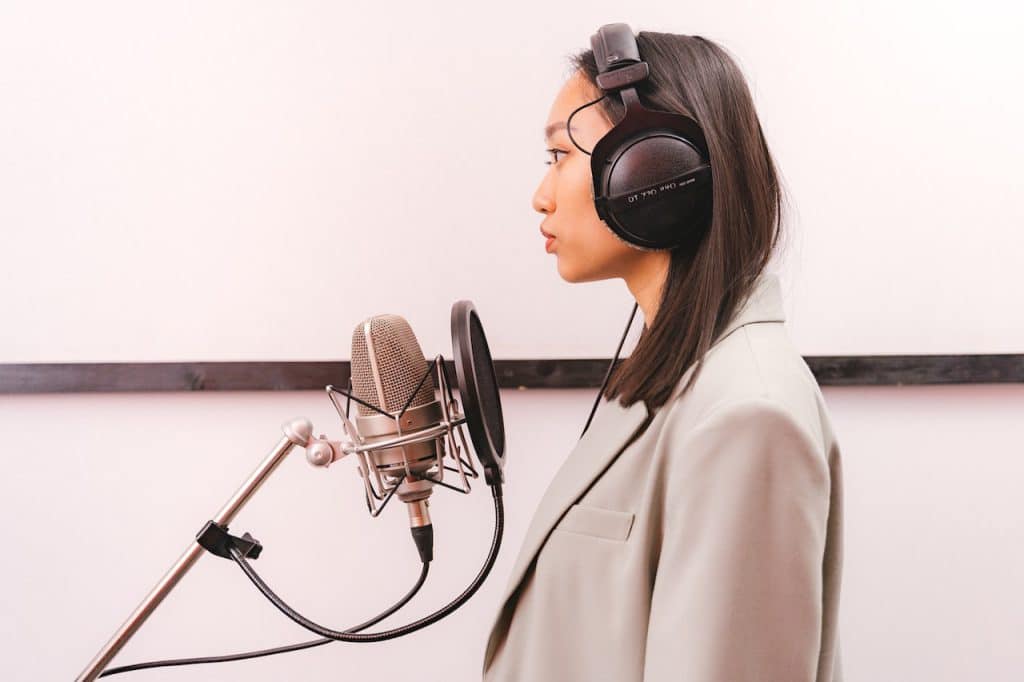
Once you’ve found the right proximity to the microphone, experiment with different distances. Moving closer to the microphone can make your voice sound more intimate and warm while moving away from it can create a more spacious and distant sound. Find the sweet spot that works best for your voice.
4. Mind Your Plosives
Plosives are the popping sounds caused by the air blasts from your mouth when you say certain letters (like “p,” “b,” and “t”). These sounds can create distortion in your recording, so it’s important to use a pop filter or windscreen to reduce them. If you don’t have a pop filter, try angling the microphone slightly away from your mouth.
5. Control Your Breath
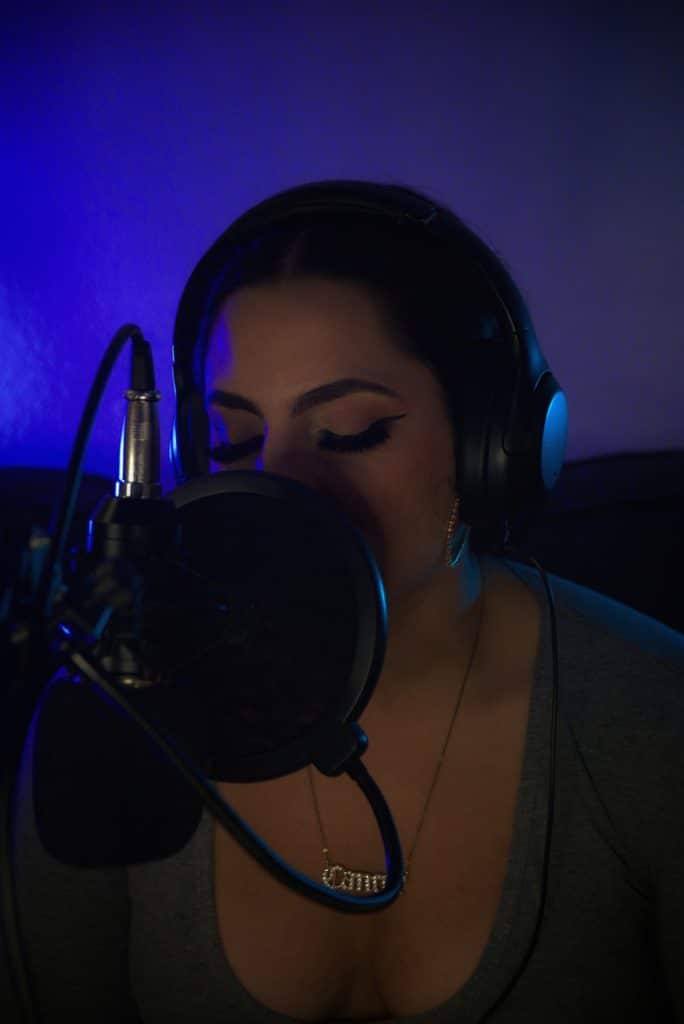
Breath control is essential for improving your voice with a microphone. When you’re recording, try to take slow, deep breaths through your nose and exhale slowly. This will help reduce breath noises in your recording, such as wheezing or gasping.
6. Warm Up Your Voice
Before you start recording, it’s important to warm up your voice. Doing some vocal exercises, such as humming, lip trills, or scales, can help loosen up your vocal cords and improve your resonance. This can lead to a smoother and more polished sound in your recordings.
7. Practice Consistently
Like any skill or art form, consistency is key. Whether you’re practising your singing or voiceover work, it’s important to practice regularly to improve. Record yourself often and listen back to your recordings to evaluate your progress.
Improving your voice with a microphone takes practice and patience, but with the right techniques, you can achieve better recordings and a more professional sound. Experiment with these tips and techniques to find what works best for you and take your recordings to the next level.
When it comes to choosing the best microphone for voice over artist, several options are commonly recommended by professionals. Here are a few popular choices:
- Shure SM7B: The Shure SM7B is a highly regarded microphone in the voiceover industry for its natural sound reproduction and versatility. It has a comprehensive frequency response and is known for its excellent noise rejection, making it suitable for various recording environments.
- Rode NT1-A: The Rode NT1-A is a popular choice for voiceover work. It is a quiet, transparent condenser microphone that delivers clear, detailed audio. It is often praised for its low self-noise and high-quality sound capture.
- Audio-Technica AT2020: The Audio-Technica AT2020 is a well-regarded microphone known for its affordability and solid performance. It offers a smooth and warm sound, making it a suitable option for voiceover narration.
It’s worth noting that the best microphone for voice over artist can also depend on personal preference, vocal characteristics, and the specific recording environment. It’s recommended to test different microphones to find the one that suits your needs the most.
Please remember that the above suggestions are based on commonly recommended microphones and may vary depending on individual voice over artist preferences and requirements.
- Krrish 4: Everything You Need to Know About the Highly Anticipated Superhero Sequel!

- Unforgettable bollywood movies got stories make Star Studded Casts

- jailer 2 Teaser: Rajinikanth’s Highly-Anticipated Sequel Packs a Punch

- squid game 2 hindi cast delivered the excellent korean impressions

- mufasa hindi cast that Breathes Life into Simba and Company!

- Unveiling the Secrets: how much do anime voice actors make per episode

- The Power of Influencer Marketing in 2025

- Top 10 Hindi films begin with narration

- Maximizing Your video views with Professional voice actors

- podcast meaning in hindi and its Benefits and Where to Publish Your Content

- The Art of youtube dubbing is bellowing in 2024

- Hindi Voice Over: The Key to Connecting with India’s Vibrant Entertainment Industry

- 10 Superb Indian Voice Artists Voiced for foreign Films

- How to Build Stamina for Recording Long form of voice overs

- Tamil Voice Over: How to Choose the Perfect Voice Artist for Your Project

- Voice over job: which type of voice sells the most in India

- How to Record voice over in pace with clarity.

- Voice Acting Script: The Art of Composing Well-Crafted Emotions.

- Mastering the Art of Fast Dubbing: Techniques and Tips

- Finding Your Voice and Your Worth: Deciding on the Right Rate for Voice Over Work

- Voice-Over Artist: how to Improve your Voice with a Microphone

- text to speech Royalties: Do Voice Talents Get Compensated for Their Work?

- voice over artist: Can we graduate in learning vocal recording?

- How to Turn Voice-Over Audition Rejection into a Learning Opportunity

- 10 Tips for Improving voice over quality and voice projection









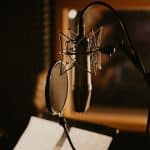


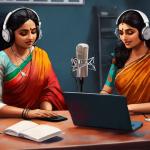












Leave a Reply